Over the last few months I have spent a lot of time in the beautiful Polish city of Gdańsk. Make sure to check out my Gdańsk Travel Guide if you are heading that way. I have now visited Gdańsk three times over the last 18 months and have well and truly seen its main attractions. So much so, that I began to explore what I call, alternative Gdańsk. I am quite a fan of urban exploration, urban decay and abandoned spaces photography. This brings me to Torpedownia!
Torpedownia is the Polish name given to the German torpedo research centers that were built on Polish territory during World War II. There are several of these, but the most well-known is found near the Polish town of Babie Doły just outside Gdynia. Hexengrund was the German name for the town of Babie Doły so the abandoned Torpedownia building is often referred to as Hexengrund.
I visited Torpedownia Hexengrund with a friend from Gdansk so we had our own transport There doesn’t appear to be any public transport available so a taxi or Uber from Gdynia is the best method if you have no car. Gdynia itself is connected by train from Gdańsk and Sopot.
Now for a little history lesson! Hexengrund was a torpedo assembly hall used for the research and test firing of torpedoes during WW2. It is located just a few hundred meters from the shore and only 5km north of Gdynia Port. The facility was connected to the land by a series of piers. One of these piers supported a narrow-gauge railway used to transport torpedo components for installation in the assembly hall inside Hexengrund. A small section of this ruined rail can be seen in the foreground of the photo below with the railway pier foundations still visible leading out to sea towards the building.
The history of Hexengrund dates back to when Germany occupied Poland during WW2. The full German name for Hexengrund was Torpedo Waffenplatz Hexengrund. The literal English translation of which is Torpedo Weapon Place. The other major facility was called Torpedo Versuchsanstalt Oxhöft which translated is Torpedo Research Center. The remains of this other facility near Oxhöft can be found 3km south of Hexengrund, just outside the entrance to the Port of Gdynia.
Torpedownia Hexengrund was run by the German Luftwaffe (German Airforce), while the facility in Oxhöft was run by the Kriegsmarine (German Navy). The facility at Hexengrund therefore worked mainly with torpedoes launched from aircraft. Both research centers, although independent of each other, were connected by railway that ran along the beach from Gdynia port to Oxhöft and then on to Hexengrund.
The Hexengrund facilities consisted essentially of a U-shaped, four-storey building with an observation and command tower at its center. The side wings were separated from the main part by two channels about six meters wide and seven meters deep. The building had two torpedo launching shafts 1.5 meters wide and four meters deep.
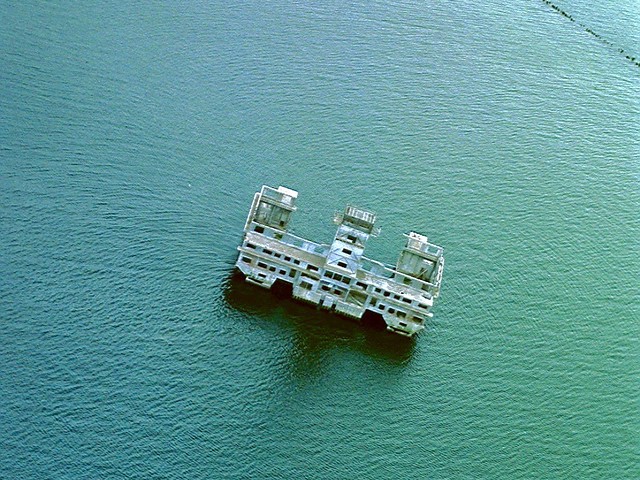
Torpedownia taken byJack11_Poland. Used under CC-BY-SA license.
The test torpedos were mostly shot in the direction of Jastarnia, a town located on the Hel peninsula. All new torpedoes manufactured for German submarines were tested in these facilities near Gydnia before their final deployment.
In addition to an assembly hall each premises housed engineering offices, warehouses and an observation tower from which they tracked the path of torpedoes fired into the Gdańsk Bay. At the bottom of the bay was a special dredged corridor that the torpedoes travelled through. Test fired torpedoes were fished out of the sea by ships and analysed back in the research centres.
The facility was used almost to the end of the war. In April 1945, the facility was used to transport German refugees and wounded across the Baltic Sea from the East as well as wounded soldiers.
Along with operating the Torpedo Research Centre at Hexengrund, the German Luftwaffe also operated an airfield a few kilometres inland from Torpedownia. It was from here that planes, loaded with torpedoes, would take off from before firing them into the sea where they would be tracked, retrieved and analysed. The observation tower in the research centre contained a theodolite, a device used to precisely track moving objects. Essentially a telescope that can rotate on the horizontal and vertical plane while accurately measuring the angles of both.
The order to construct the Luftwaffe’s torpedo research center at Hexengrund was signed in November 1940 and it officially opened on July 4, 1942. When the Germans evacuated the area around Gydnia in April 1945, they destroyed a section of the pier with a torpedo, to restrict access to the buildings.
Unrenovated and unused after the war, it fell into disrepair. The waters around the building were regularly used in the 80’s by military divers for training. Torpedownia is now bravely fighting against the passage of time. Severe winters of the late 1970s and 80 caused the front wall to collapse and this has placed severe strain on the building’s structure but is is yet to collapse into the sea.
I visited Gdańsk in early summer 2017 but as this photo below shows, visiting during winter can also be extremely rewarding for photographers. If you can bear the cold temperatures!
I hope to write a few more articles about these kinds of abandoned buildings in this area of Europe. Stay tuned!

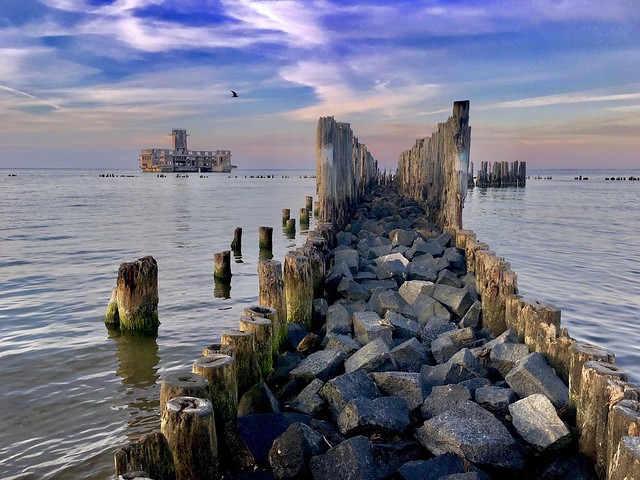
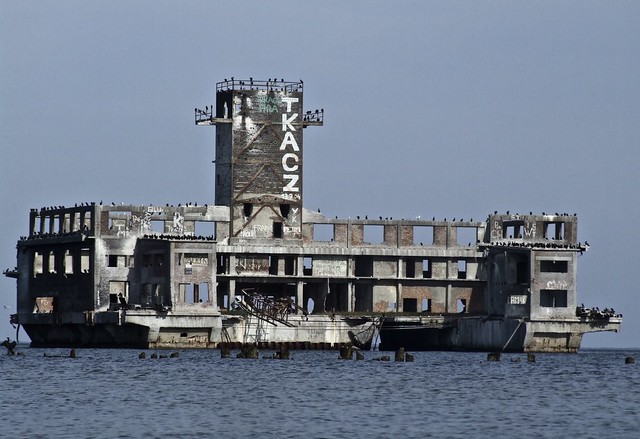
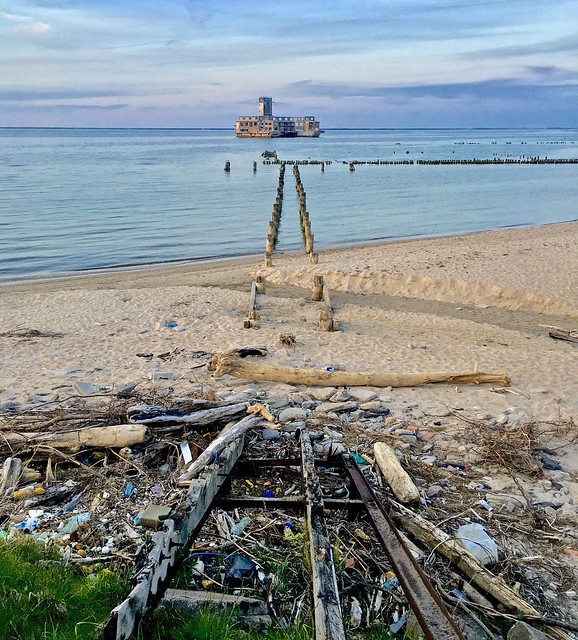
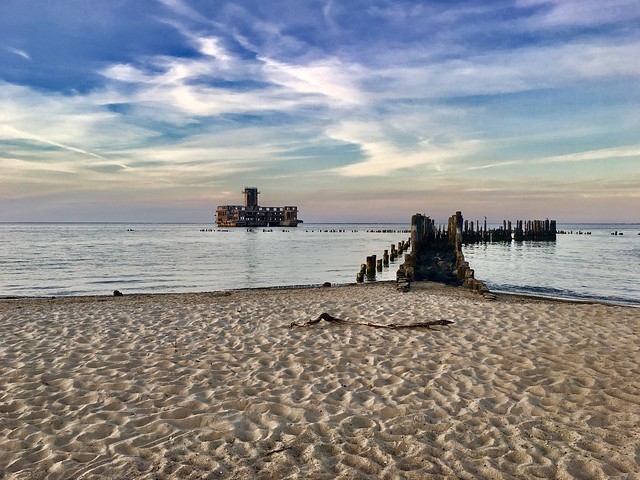
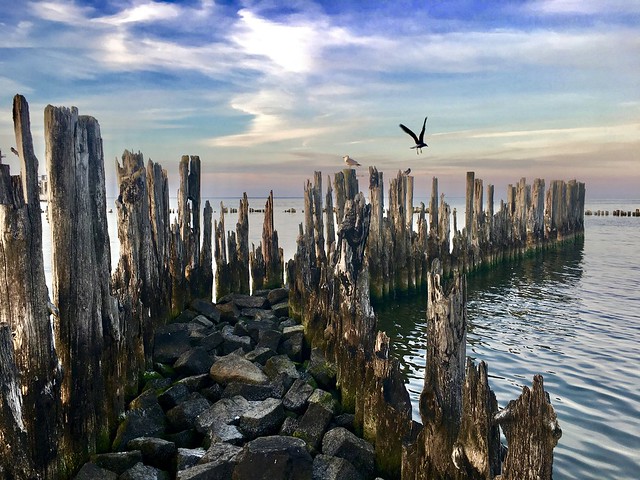
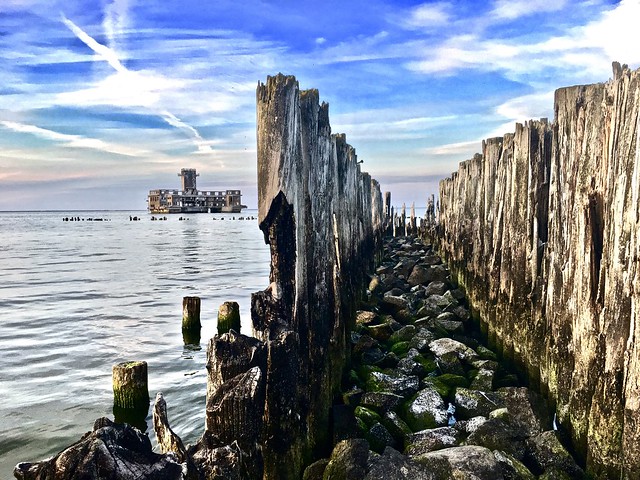
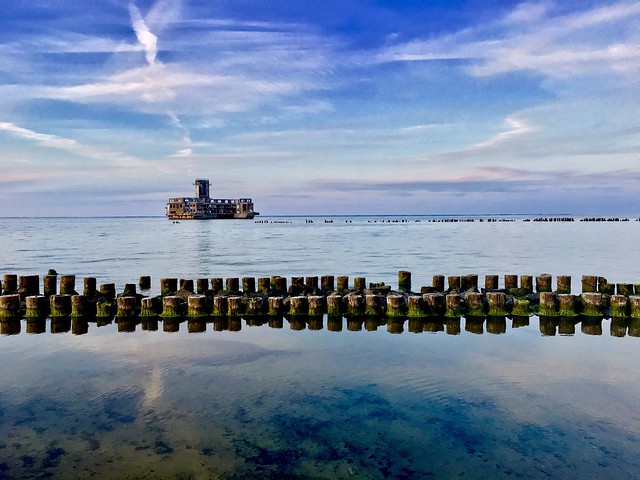
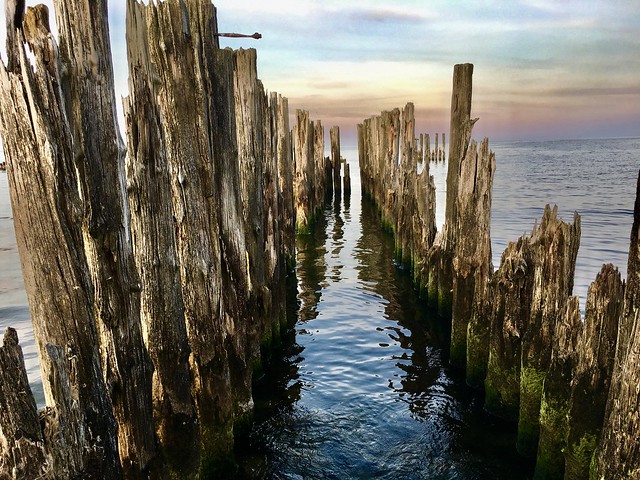
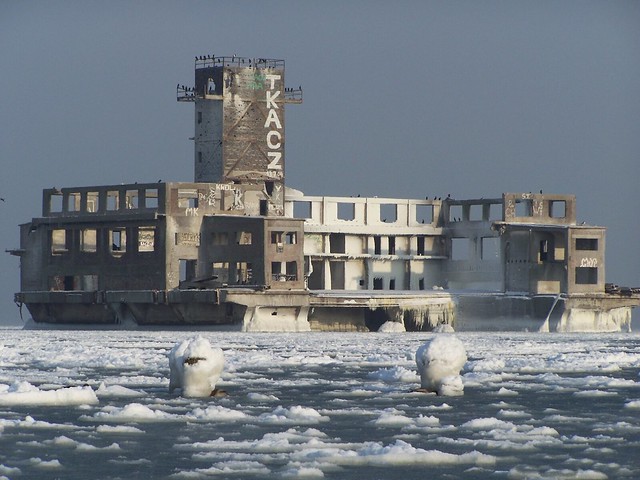

1 comment
Comment by heather davey
heather davey June 27, 2017 at 7:37 pm
I love your blog, so I’ve nominated you for the Blogger Recognition Award!
https://smallsuitcases.me/2017/06/27/blogger-recognition-award/